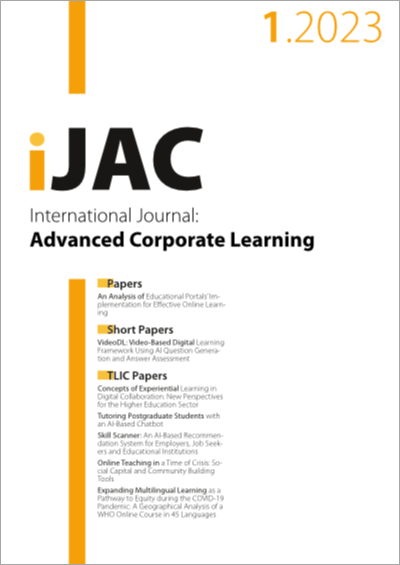Expanding Multilingual Learning as a Pathway to Equity during the COVID-19 Pandemic
A Geographical Analysis of a WHO Online Course in 45 Languages
DOI:
https://doi.org/10.3991/ijac.v16i1.35097Keywords:
online learning, multilingual learning, MOOC, equity, pandemicAbstract
Real-time learning in health emergencies is a critical mechanism to provide frontline health workers, responders, decision-makers and the public with access to the latest knowledge to save lives, reduce disease transmission and protect the vulnerable. The World Health Organization (WHO) established the OpenWHO.org learning platform to meet this need. Courses are free, self-paced, accessible in low-bandwidth and offline formats, and available in national and local languages. Multilingual production was prioritized and expanded to meet the learning needs of the COVID-19 pandemic. Enrolment data from the introductory COVID-19 course, which has more than 1 million enrolments across 45 language versions, were examined according to language and geographical reach to assess how multilingual availability contributes to equity in learning. The analysis found that most language versions had uptake clustered in key countries where native speakers are concentrated, while use of some translations was more broadly dispersed. In nearly ¾ of the available language versions of the course, more than ⅓ of enrolments were found in the top country of use. The findings suggest that multilingual courses served as entryways for learners who may not have otherwise been able to participate, even as enrolment numbers likely underestimate the impact. A production policy that prioritizes translation of open online courses into diverse languages contributes to equity in access to public health knowledge at the global and country levels during health emergencies.
Downloads
Published
How to Cite
Issue
Section
License
Copyright (c) 2023 Heini Utunen, Melissa Attias, Ngouille Ndiaye, Anna Tokar

This work is licensed under a Creative Commons Attribution 4.0 International License.


